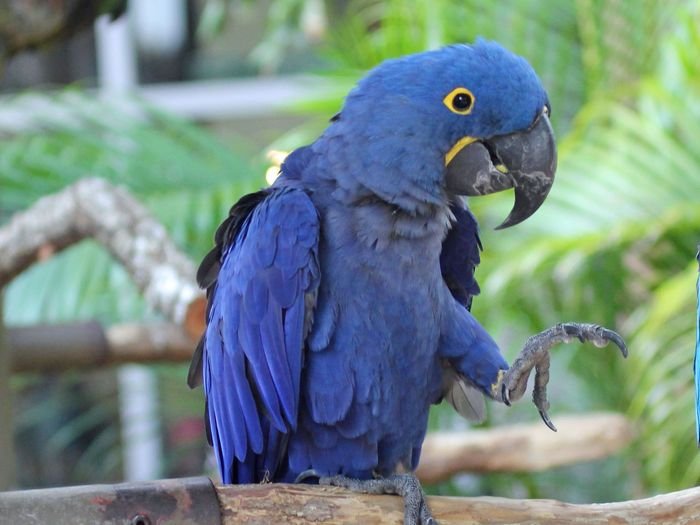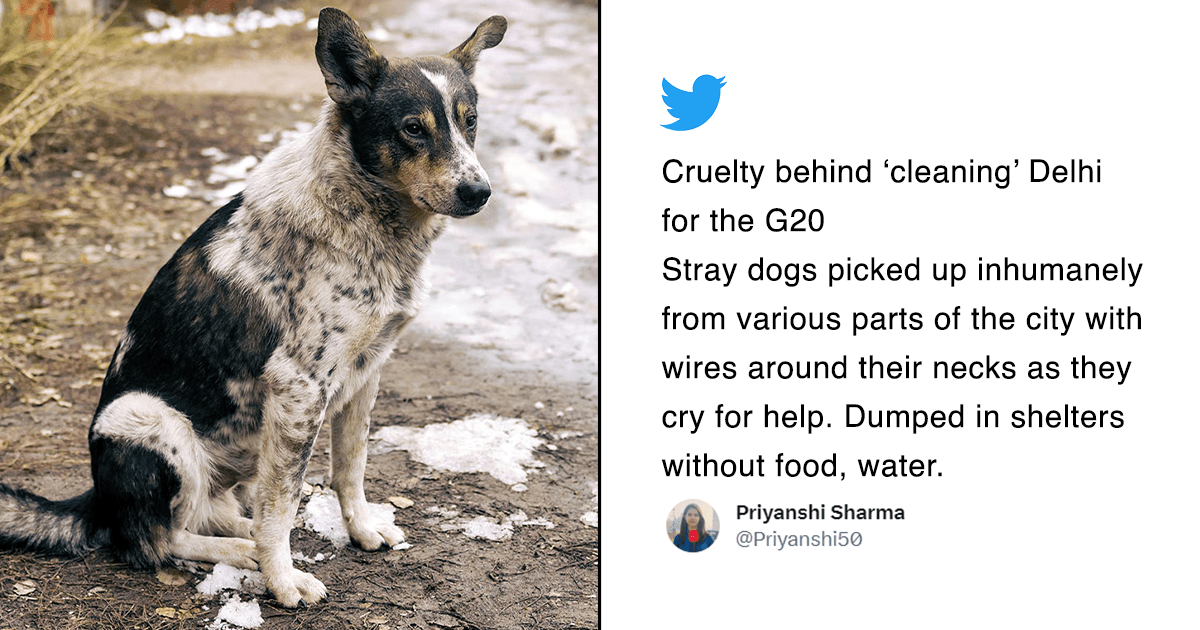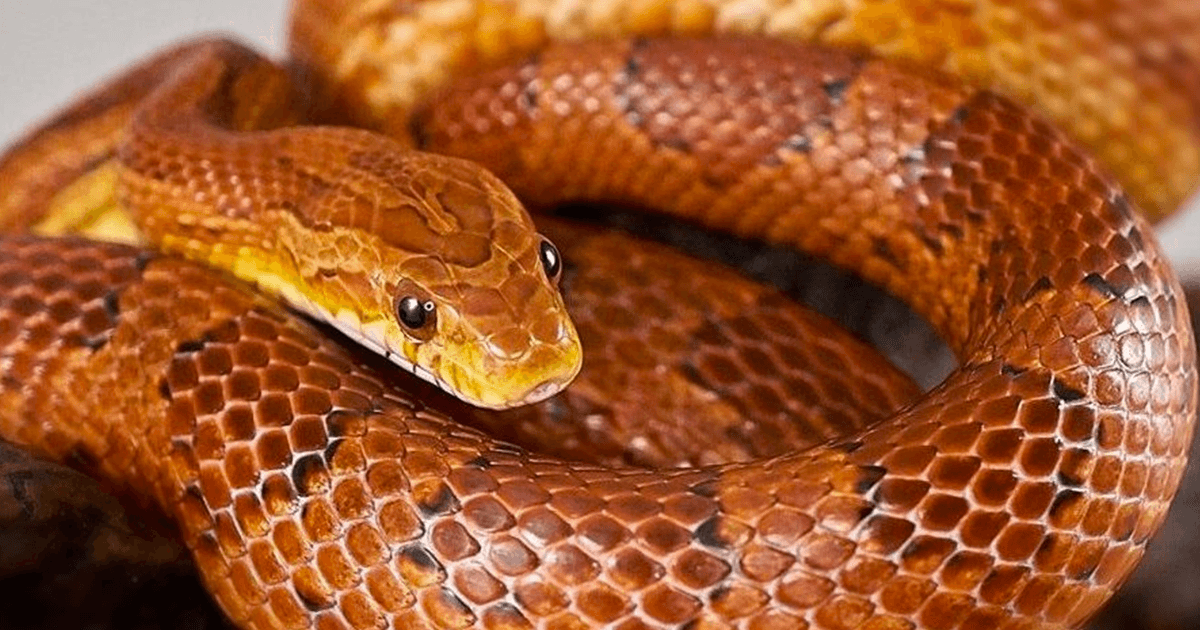Biodiversity. A mixture of every living thing that exists in our natural habitat. Plants, trees, animals, birds and of course, us humans, the ‘superior’ ones. But, has our superiority been life-threatening to other living beings? Our environment is not simply about us. What about the animals we’re crushing to make our survival easier? Do we really need to exterminate them from this world to lead our lives?
Take a look at these 30 animals, who like many others, are soon to be extinct. It’s happening for a reason and the reason is us.
1. Langur Chato
These ‘elf’ like primates are found in Asia, at around 13,000 ft above ground level. As it is, they’re rarely seen or found, but now, thanks to us, have been added to the endangered species list due to consistent deforestation.
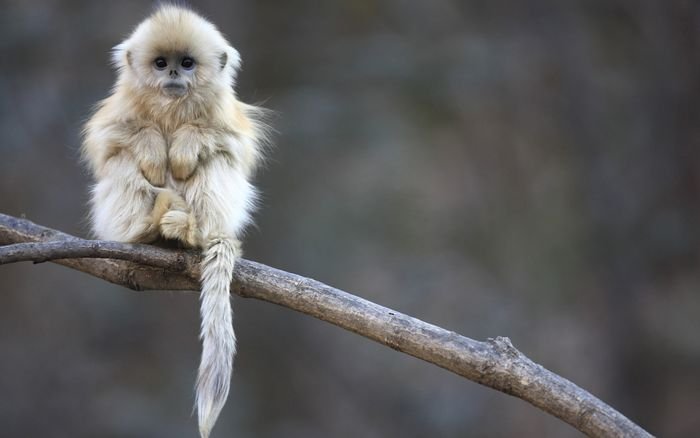
2. Pacific Pocket Mouse
These pocket-fitting mice, found in California, are one of the tiniest rodent species of the world. They’re now close to extinction because of habitat destruction and fragmentation.
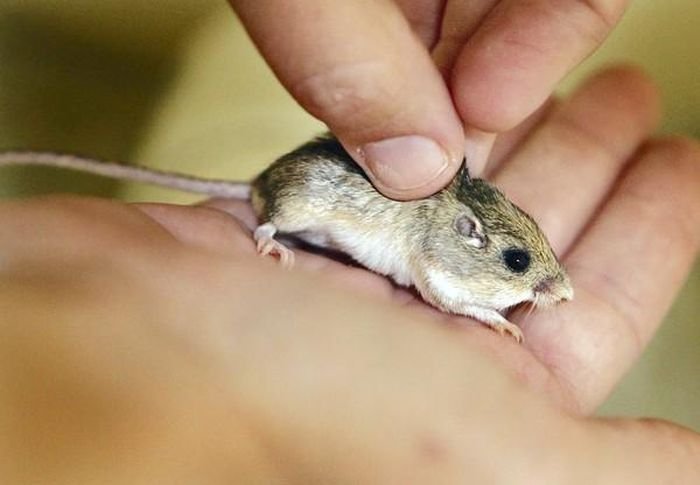
3. Irrawaddy Dolphins
This peculiar species of Dolphins is found in South and Southeast Asia. They’re popularly known for their domed forehead and short-beak. Today, overfishing has brought their count to a drastic low of 77.
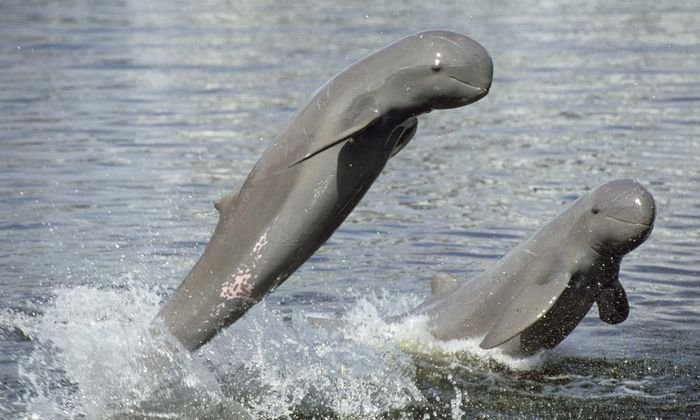
4. Gharials
I remember visiting zoos to get a glimpse of these. Found mainly in the Indian subcontinent, this crocodile variety is yet another addition to the endangered species list.
5. Spider Monkeys
What these monkeys called home in the 1900s is today no longer accommodating their species. These monkeys need large forests to survive in; however, habitat destruction and deforestation in the prime areas of Central America, Costa Rica, Panama, El Salvador and Belize, has left them close to extinction.
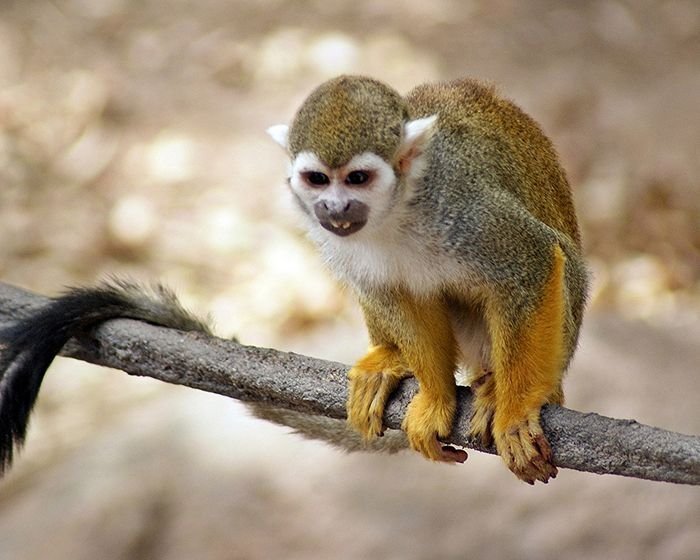
6. Coconut Crabs
Also known as robber crabs or palm thieves, these crabs climb coconut trees to pick coconuts, crush them with their fancy large claws and then, feed on them. They’re the largest land-living arthropods weighing up to 9 kgs. Considered a delicacy , they’re now being eaten to extinction.
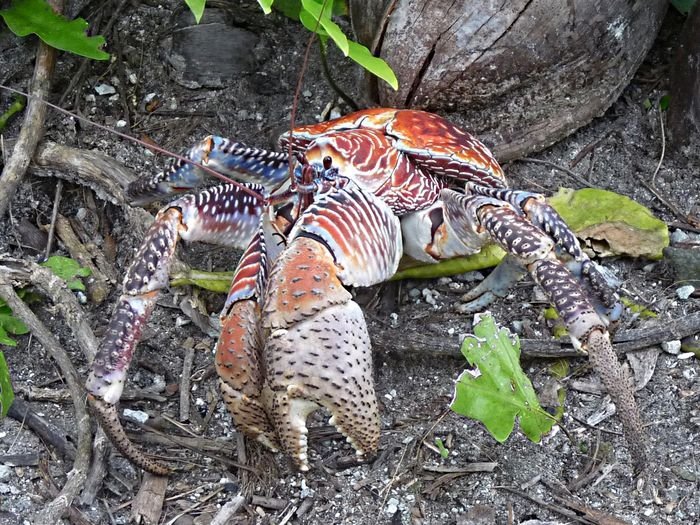
7. Dupongo
One of the four living species of sea-cows, Dupongos are found in the Pacific Ocean to the east coast of Africa. They’re constantly being hunted for meat and oil, and are now endangered.
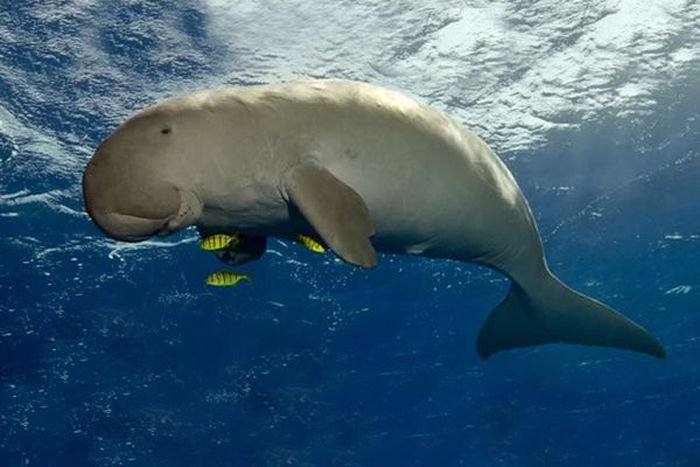
8. Spider Gooty
These bright-blue spiders are only found in small 60-square-miles forest areas of India. They’re so pretty that people spend up to $500 just to have them in their collections. No wonder they’re now close to extinction.
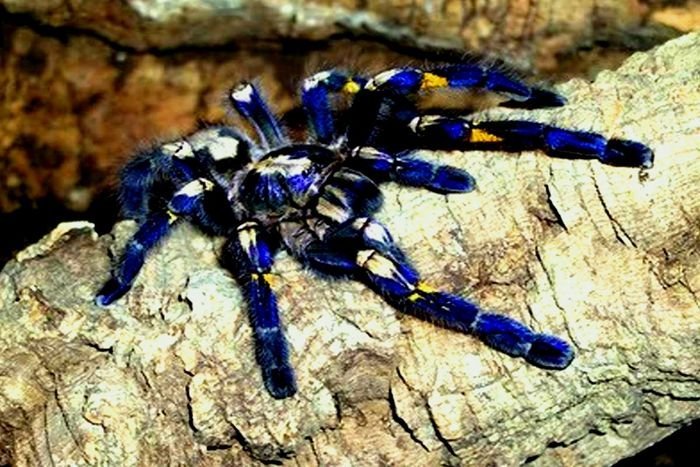
9. Gray Wolves
While the Gray Wolves have been under the protection of Endangered Species Act in the USA, they’re still not all that safe. Found mainly in the Great Lakes, Northern Rockies and Southwestern United States, these wolves have been battling to survive since a very long time. Let’s hope they win this one.
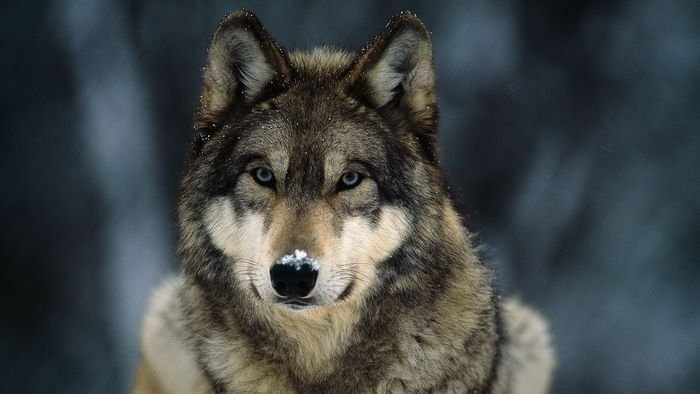
10. Markhor
Guess how many of Pakistan’s majestic national animal is left? Only a mere 2500! Its beauty and high status has made it the perfect hunter-prey and thus, endangered.
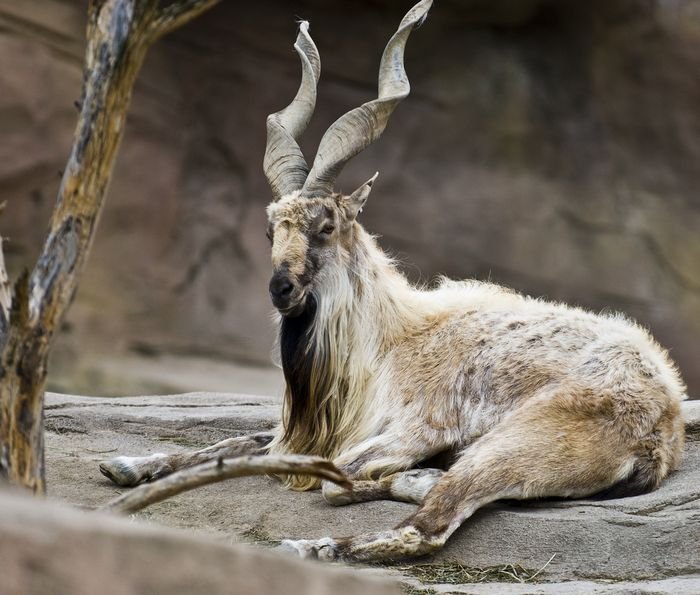
11. Okapi
Behold the giraffe-zebras that were first found by British explorers in the 1800s. Today, in some parts of Congo, only around 10,000 to 20,000 of them are left.
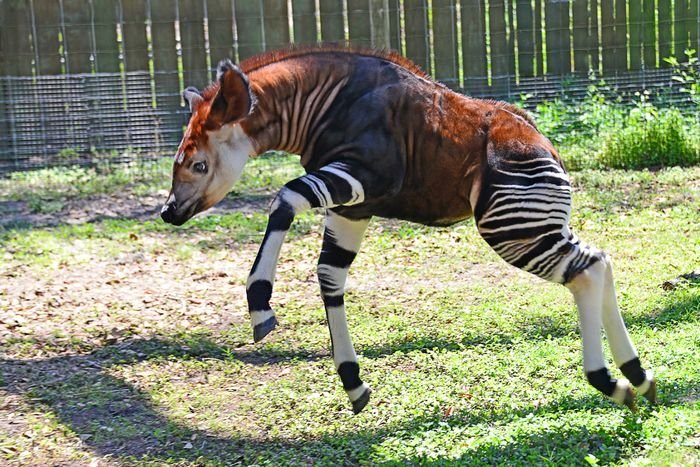
12. Quokkas
These gullible marsupials belong to the Kangaroo family but look like mice. They are mainly poached by foxes and dingos, who’ve been introduced to their habitat by humans and are non-natives to Australia.
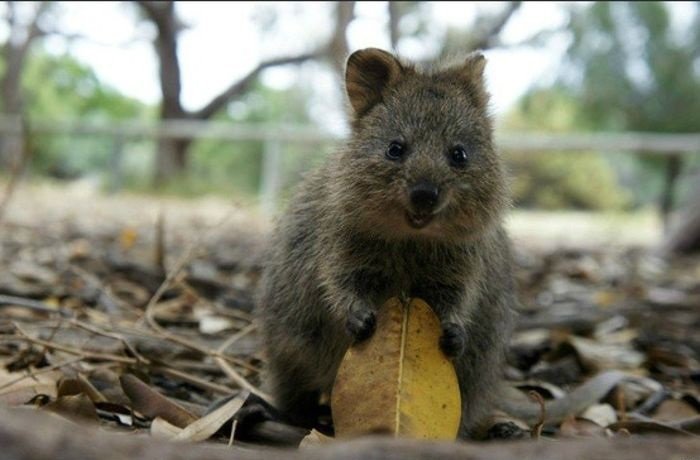
13. Giant Armadillo
Hunted for their meat and protein, the Giant Armadillos are now threatened. They’re not locally found, yet the last three decades have seen around 30 to 50% decline in their population. What’s worse? These are being captured and traded in the black market, and thus, mostly die in captivity and transportation.
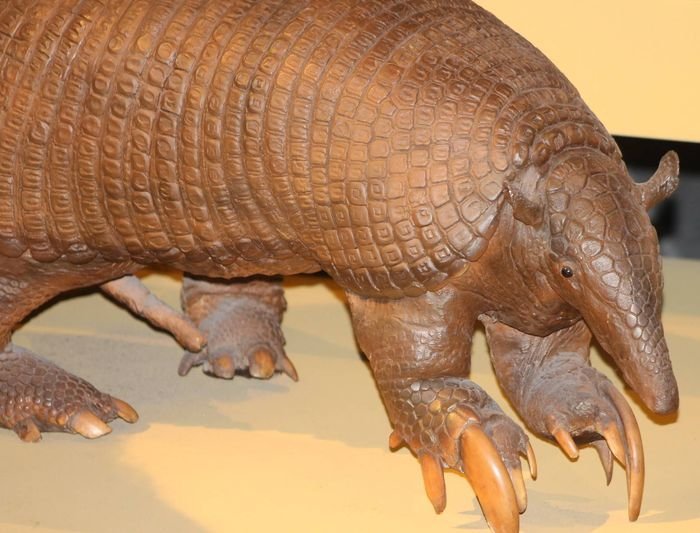
14. Bighorn Sheep
One of the two species of mountain sheep in North America, mainly poached for their unique look and horns. There horns alone can weigh up to 14 kgs. Due to overhunting and disease-inducing European livestock that were introduced in the 1900s, their initial population of 2 million has come down to 70,000.
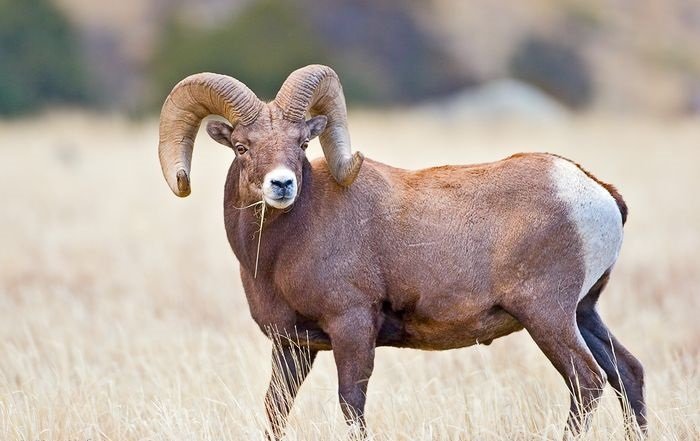
15. Loris Elusive
With big brown eyes and night-vision exclusivity, Loris Elusive have been victims to many superstitions such as the fact that their flesh could cure leprosy. Due to their over exploitation in between 1939-2002, they’d even disappeared entirely. Their presence is still very scarce. An extremely rare animal to lose out on.
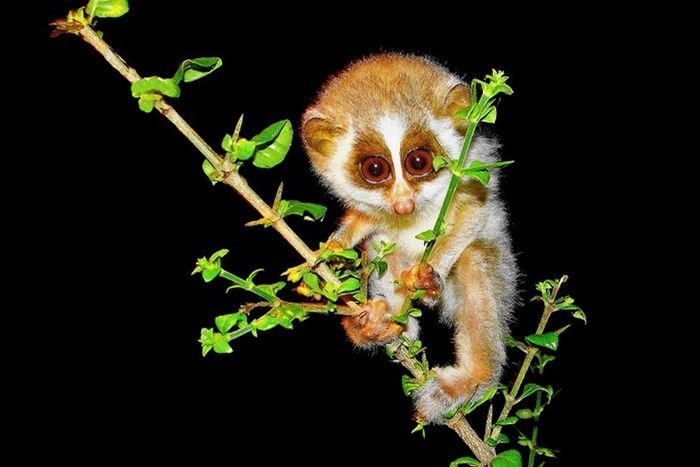
16. Hooded Seals
Known for their unique nasal cavity that inflates and deflates every time they swim, the hooded seals are only found in some areas of the North Atlantic. Heavily hunted, these are now on the brink of annihilation.
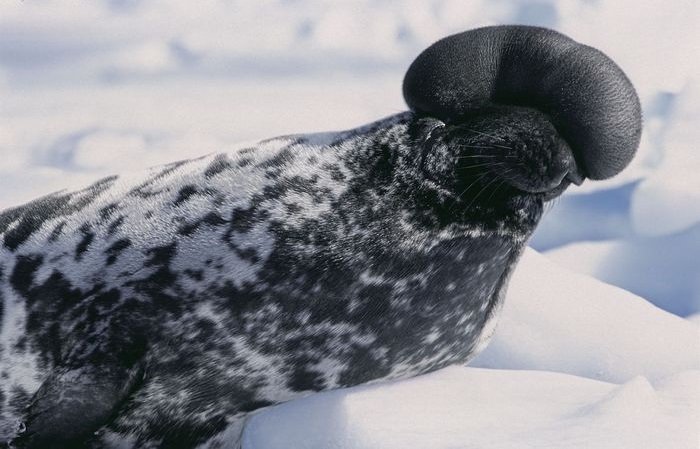
17. Kakapo
The fattest and the only flightless parrot of the world, the Kakapo, come from New Zealand. They have been preys to cats mainly and today, are only about 128 in number, located in certain predator free zones of New Zealand.
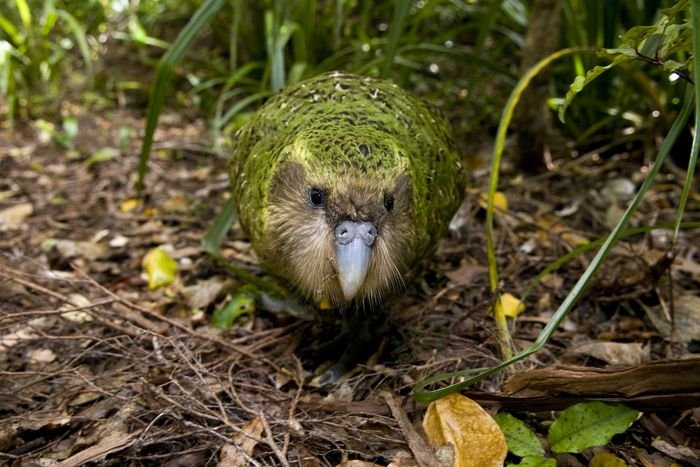
18. Proboscis Monkey
Famous for its peculiar nose and enormous belly, this primate is only found in Borneo. Also nicknamed ‘The Dutch Monkey’, its population has decreased by a whopping 50% in the last 40 years.
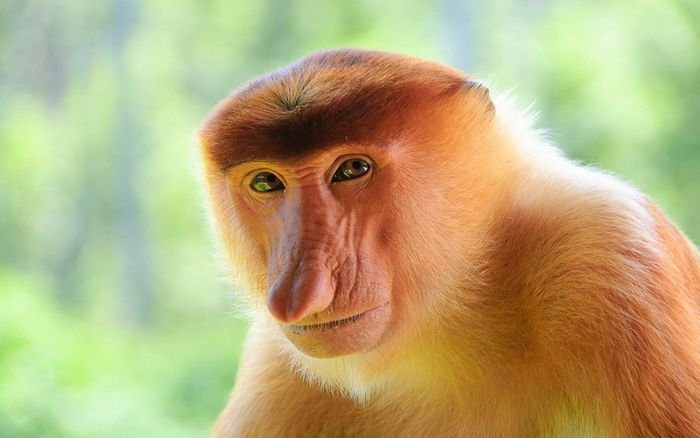
19. Olm
One of the few completely aquatic amphibians, these are mainly found in the caves of Central and Southeastern Europe. Due to heavy water pollution, they’re now decreasing in number.
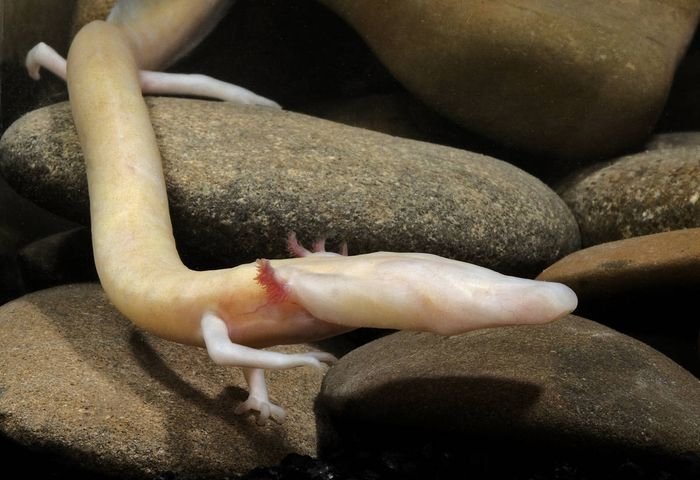
20. Chinchilla
You’d find these in pet stores, but did you know that they’ve been reduced by almost 90% in the last 20 years? One of the most home-friendly rodents are now endangered because of their consistent fur-trade across South America.
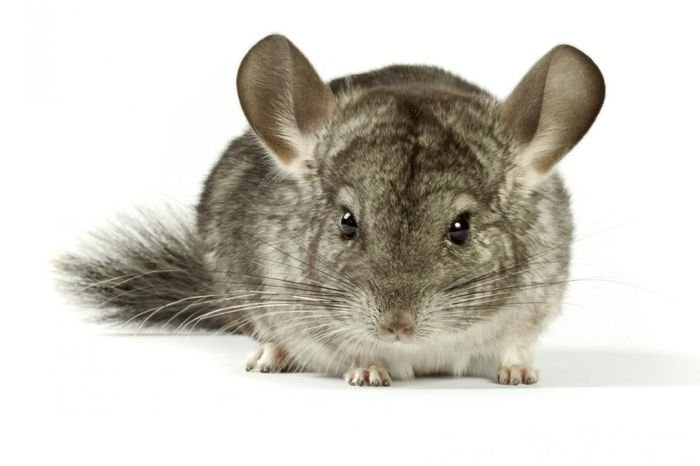
21. Puerto Rican Broad Winged Hawk
Only a 100 of these hot species are left. Very rare to spot and magnificent to witness, these have been hunted enormously over the years.
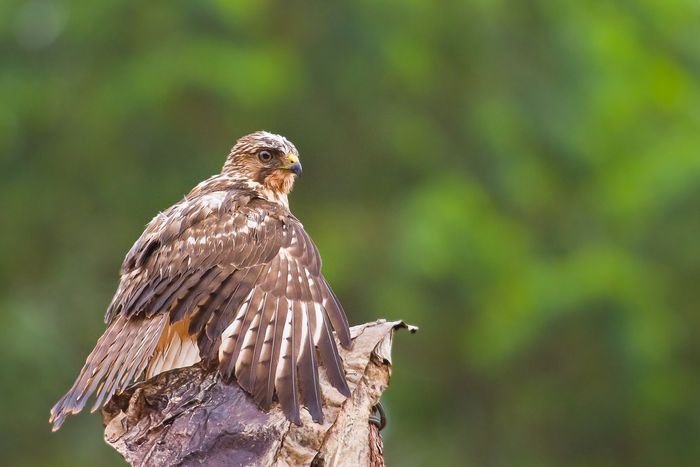
22. Saiga Antelope
They might look alien-like but their nose helps filter out the dust raised by flocks in migration. They’re found primarily in Eurasian steppes but are now critically less in number because of hunting and habitat loss.
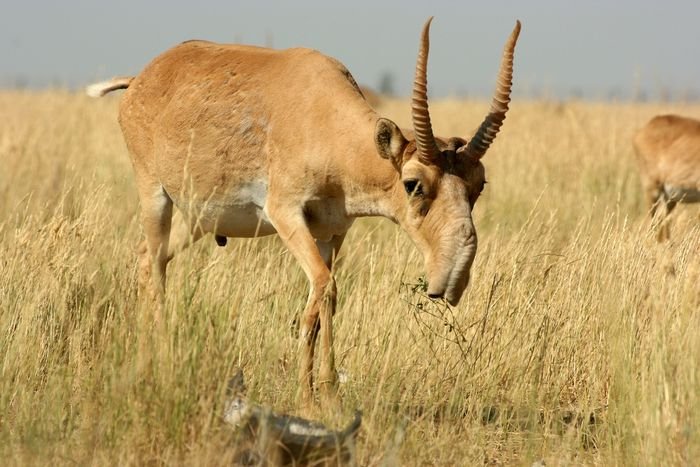
23. Black Footed Ferrets
These are one of the most critically endangered species of America. Viewed as pests by humans, they majorly feed on prairie dogs, which too have significantly reduced in population since the 1900s. In fact, these ferrets had even disappeared for a while during the 1970s. However, certain breeding programs reintroduced them and are now being protected.
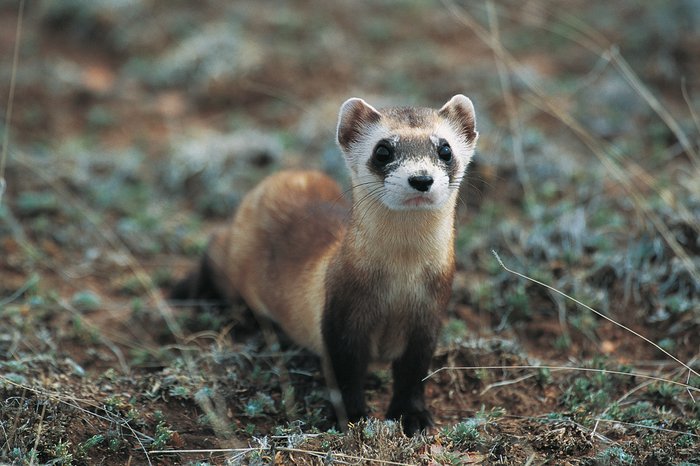
24. Axolotl
Also known as the Mexican Salamander, these cute little amphibians mainly inhabit lakes of Central America. In 2010, they were added to the endangered species list and as of 2013, it’s said that none are to be found in the wild.
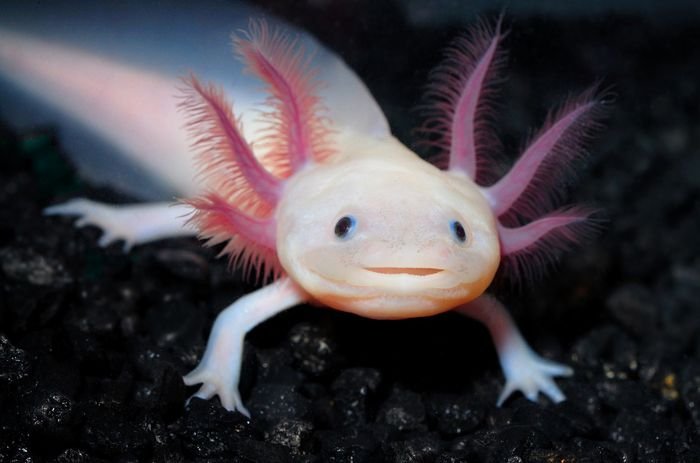
25. Bearded Vultures
Found mostly in the Everest, the Himalayas and other mountainous regions of Asia and Europe, they were seen as a threat to lambs and children. As of today, based on a WWF report, only 10,000 of these exist.
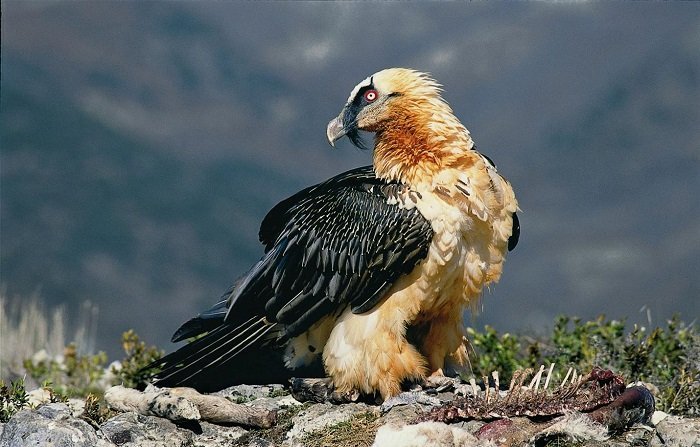
26. Grevy’s Zebra
This African beauty is the largest of the Zebra species but was regarded endangered in 1979. It is a clear victim to habitat fragmentation and agricultural livestock overgrazing.
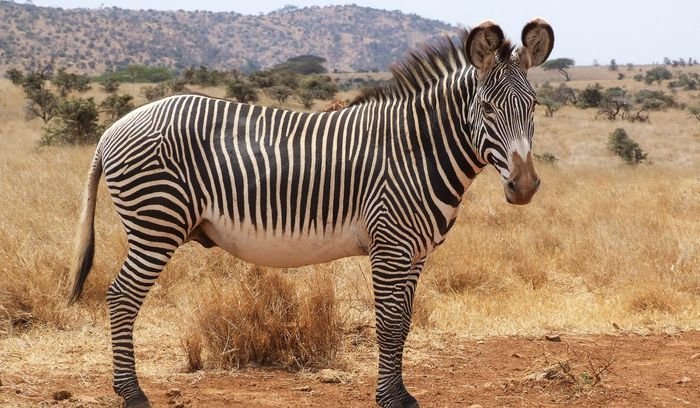
27. Tree Kangaroo
Only one percent of these amazing marsupials are alive today. They’re now found only in some areas of New Guinea and Queensland. Again, a victim of hunting and habitat loss.
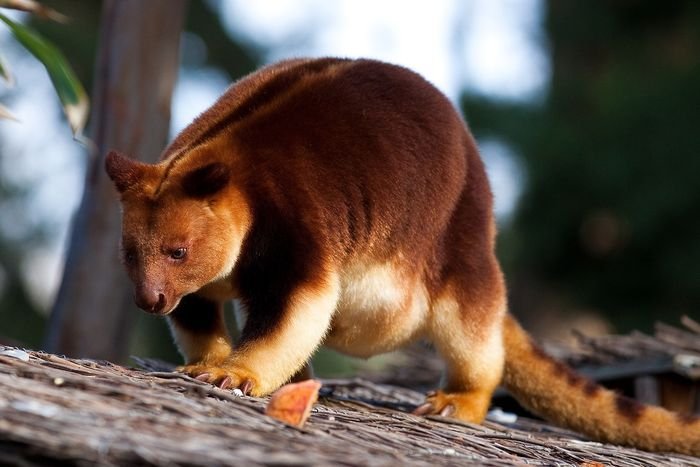
28. Ocelot
Twice the size of a domestic cat, these glaring beauties are found in Central and North America. Popular for their beautifully dappled coat, they’re poached heavily and are gravely threatened.
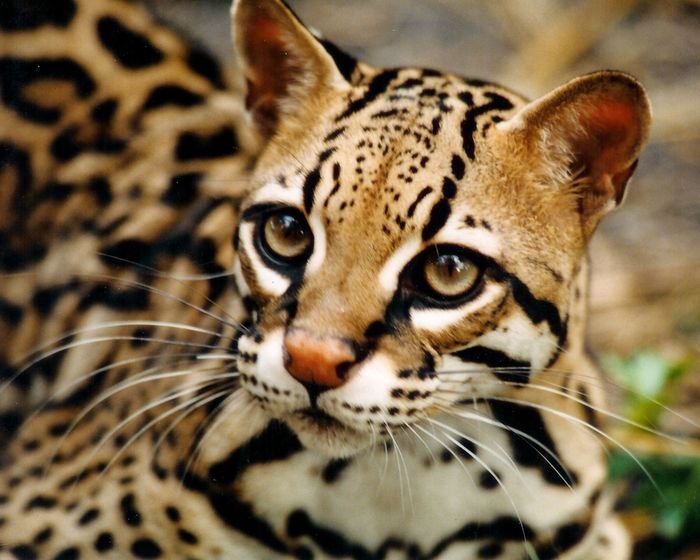
29. Bulmer’s Fruit Bats
These bat-subspecies were healthy in number in the 1970s, in New Guinea. But, due to habitat destruction and hunting, are now almost extinct.
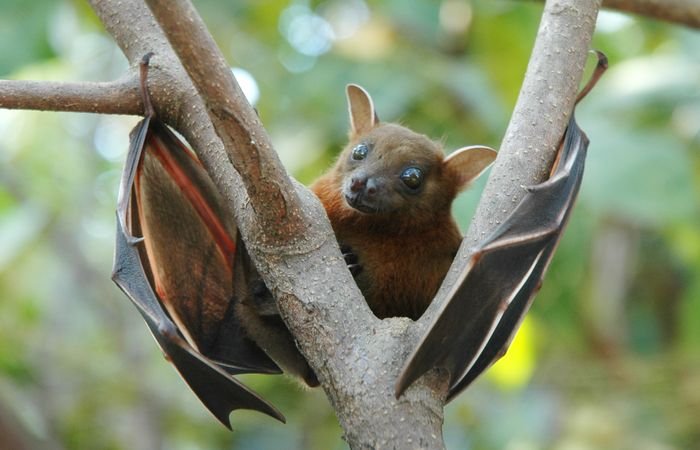
30. Hyacinth Macaws
They’re one of the world’s largest parrots. Unfortunately, only 3000 of these birds in blue exist today. Illegal trapping, habitat loss and hunting has led to this. Would be a disgrace to lose out on them.
